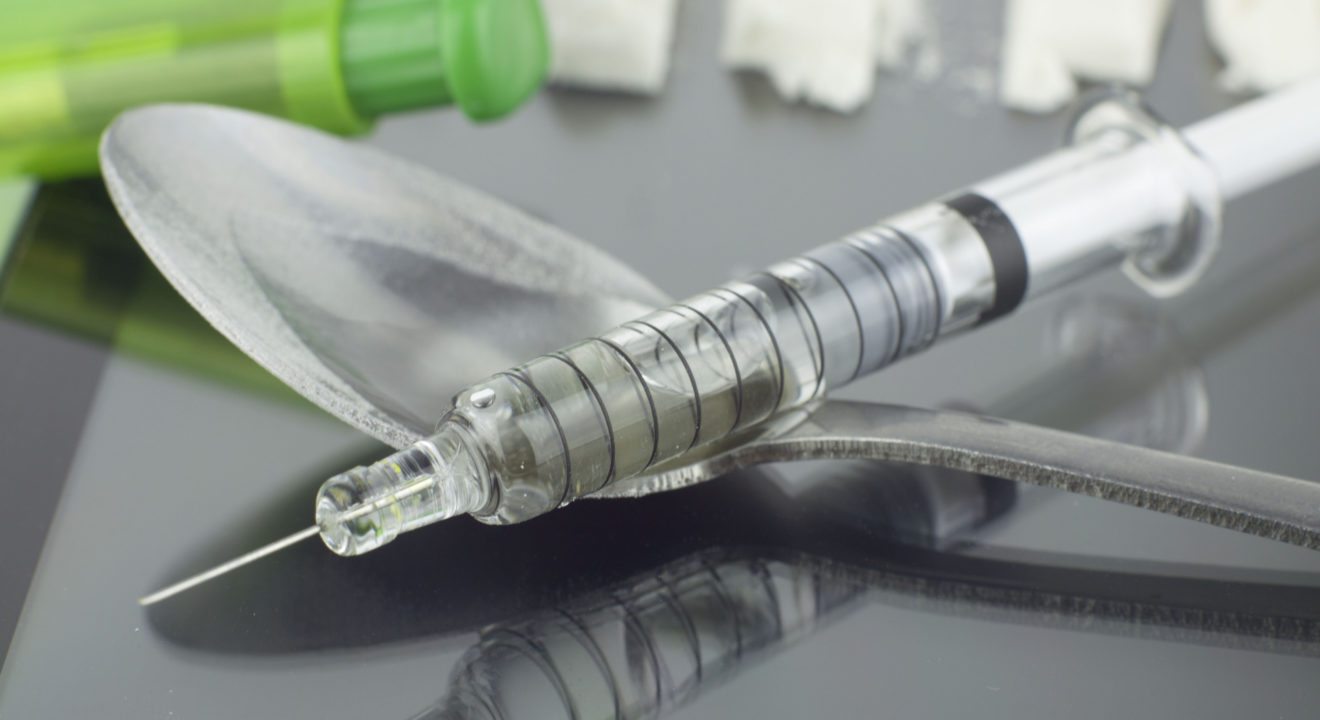Relationships December 12, 2016


In 2016, the U.N. officially declared the heroin problem in the U.S. an epidemic, with almost three times more heroin users in 2014 than 2003. The U.N. attributes this sharp increase to a drop in heroin prices, new legislation that makes it harder to abuse prescription opioids and the increasing quality of heroin circulating the U.S.
Heroin in the U.S. largely comes from Mexico and Columbia, Angela Me, the chief researcher for the report, told Reuters. Out of the 125 people a day who die from drug overdoses in the U.S., 78 of them (62 percent) are caused by painkillers and heroin, according to the Center for Disease Control (CDC).
The trend isn’t tapering off either, according to Me, who told Reuters that the rise could be attributed to a U.S. law meant to make opioid pills less easy to crush.
“Heroin continues to be the drug that kills the most people. This resurgence must be addressed urgently,” states the U.N. report.
Heroin in the U.S. largely comes from Mexico and Columbia, Me says. In 2015, global heroin production decreased but not enough to stop cheap heroin from circulating. “It may take a period of sustained decline in opium production for the repercussions to be felt in the heroin market,” the report states.
Heroin is an opioid derived from the poppy seed. It is synthesized morphine according to the National Institute on Drug Abuse (NIDA) and is taken by injecting, inhaling or smoking. The drug gives users a euphoric feeling but has some nasty symptoms and leaves users feeling drowsy and half-awake. Once the body becomes dependent, withdrawal is extreme and use becomes less about chasing euphoria and more about staying away from withdrawal symptoms.
Here are some quick facts about heroin.
Experts from the NIDA (National Institute of Drug Abuse) and the U.N. believe Americans’ increased heroin use is associated with the over-prescription of pain medication or opioids.
People who are given prescription opiates – such as hydrocodone (e.g. Vicodin), oxycodone (e.g. OxyContin, Percocet), morphine (e.g. Kadian, Avinza) and codeine – are 40 times more likely to try heroin, according to the CDC. Many first time addicts report that they weren’t physically addicted to heroin after the first hit but desperately wanted to experience the euphoric feelings again. In fact, the psychological addiction is less about withdrawal and more about what users term “chasing the dragon.”
ENTITY reached out to 19-year-old Allen Smith (real name withheld for privacy) from Worcester, Massachusetts – a growing hotbed for heroin addiction – to better understand why people become addicted. Smith was six when his older, fourteen-year-old brother, who Smith describes as “rebellious delinquent type with very little care for what is safe or responsible,” tried heroin for the first time.
The drug was introduced to him by his ex-girlfriend’s mother. “Apparently she gave it to him as a reward for cleaning her house,” Smith said.
Smith tells us that his brother at fourteen was stealing money from his friends and family members, doing poorly in school and “in and out of juvenile facilities.” He’s tried to get to get clean multiple times but has been unsuccessful.
The U.S. government spent $8.4 billion to fight narcotic distribution in Afghanistan, which NBC reported provides 90 percent of the world’s opium supply.
The NIDA launched a research initiative called”Prescription Opioid Use and Abuse in the Treatment of Pain” to study the effects of opioids and determine when prescriptions are necessary. The Institute is also supporting programs which help opiate users wean themselves from the drug slowly with fewer side effects. These programs discourage cutting users off cold turkey, as this often results in users looking to more dangerous and addictive drugs ( like heroin) to get their fix. Behavioral therapy is offered at clinics and rehab facilities.
President-elect Donald Trump plans to combat the ease with which users access heroin by strengthening American borders with a wall. He has also stated that under his leadership, addicts would get help. “We’re going to work with them and try and make them better, and we will make them better,” he stated (via CNN) in a campaign video dedicated to addiction.
Ithaca, New York, is calling for supervised injection facilities, according to The New York Times. A site like this doesn’t currently exist in the U.S. but is prevalent in countries in Europe, like Switzerland, where heroin related deaths are less frequent. The idea is that by supervising addicts’ dosages, people will be less likely to overdose.
As former Switzerland president, Ruth Dreifuss, says in a CNN article, “Public policies related to drugs should focus on a few crucial components: keeping people alive, building in a public health approach and ensuring that people who use drugs have access to services that do not criminalize their behavior, but rather provide them with comprehensive care.”
In Vancouver, a clinic like those in Switzerland reduced the rate of drug overdoses by nine percent citywide. As Dreifuss says, this could be the secret to reducing the occurrence of heroin addicts and drug-related deaths in the United States.